ECG Pointers: A Dynamic Approach to Tachydysrhythmias Part 4
EMDocs
JANUARY 8, 2025
These are very commonly encountered in the emergency department, so being able to correctly identify the rhythm is extremely important. He has a history of CHF, dilated cardiomyopathy, HTN, HLD and CAD. This week, we are finishing 4 of a 4-part series tackling tachydysrhythmias. Lets dive in! Take a look: Figure 3.


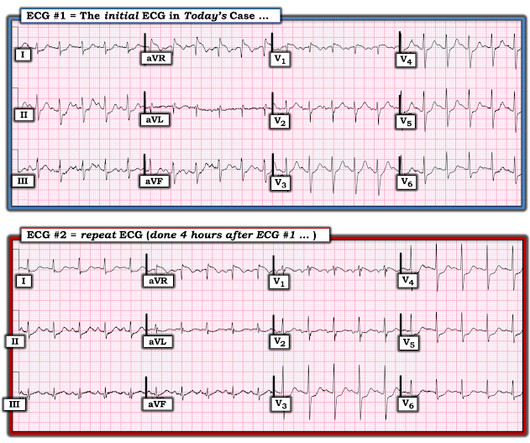
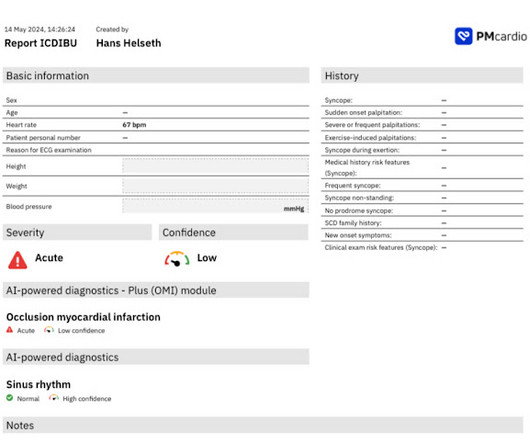

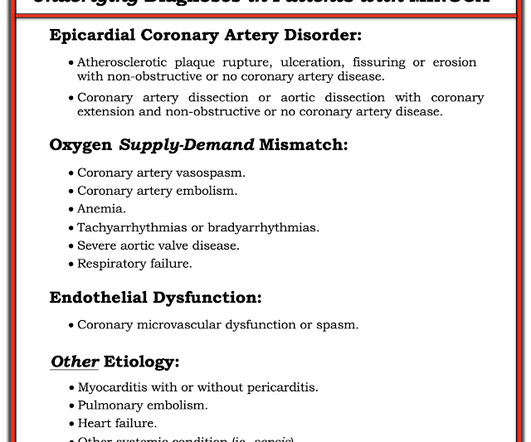
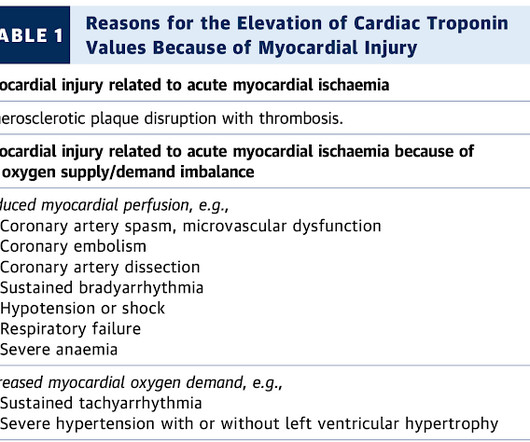
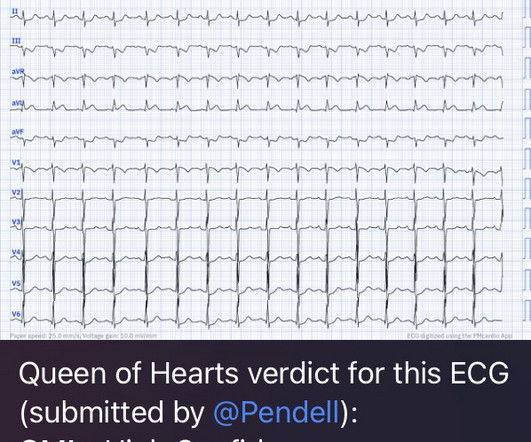

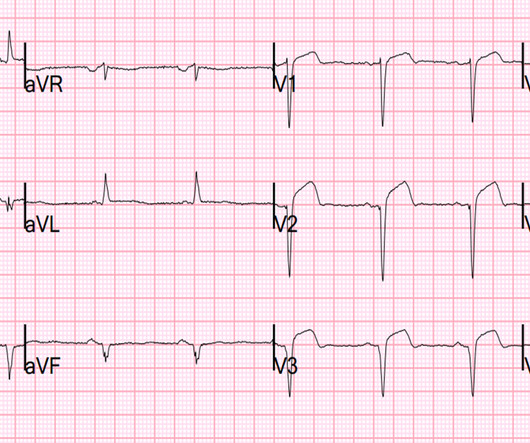
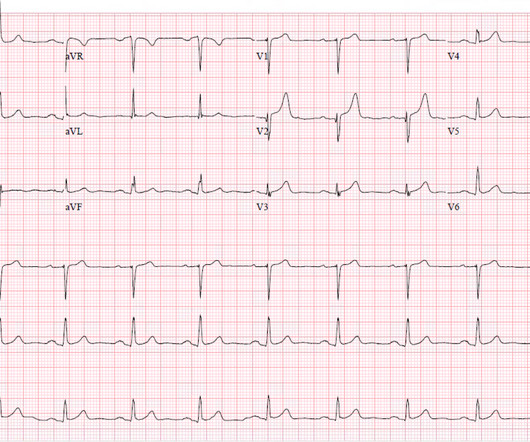
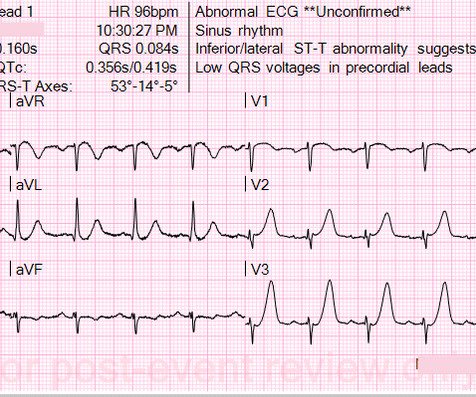
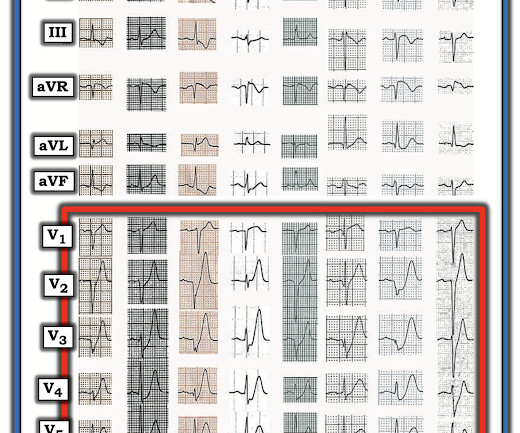
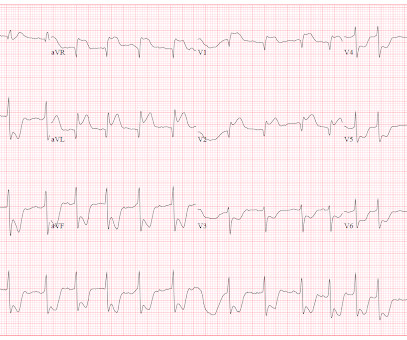










Let's personalize your content